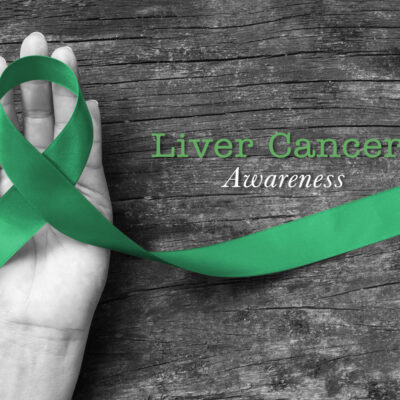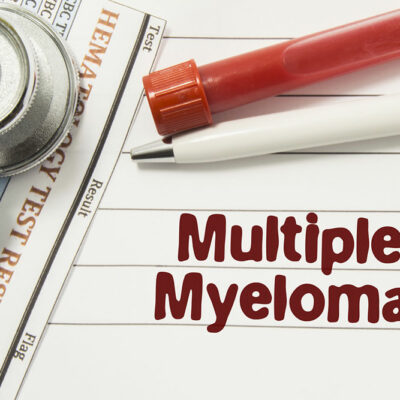
Digestive Health
Here’s what you need to know about gastrointestinal infections
A bunch of viruses, parasites, and bacteria are known to cause gastrointestinal infection. Diarrheal diseases are reported to be the cause of death for 1 in 9 children worldwide according to the U.S. Centers for Disease Control and Prevention. The disease is reported to affect children more than malaria, AIDS, and measles combined. Symptoms of gastrointestinal infection Gastrointestinal infections usually last only for a few days. However, in some cases, they continue for as long as 14 days. The condition is marked by discomfort and abdominal cramps, further followed by diarrhea. Other symptoms of chronic gastrointestinal infection include vomiting, loss of appetite, fever, nausea, dehydration, muscle aches, headache, weight loss, and blood or mucus in stools. Causes of gastrointestinal infections There are three major causes of gastrointestinal infections, they are- bacterial, parasite, and viral. Bacterial E. coli- E. coli bacterias are found in the intestines of both humans as well as animals. Most strains of the e. coli are harmless. However, there are some harmful strains that secrete toxins which may cause bloody diarrhea, vomiting, and abdominal cramps. Food that comes in contact with animal manure or contaminated water spread e. coli. It can also spread through human contact directly as well.
Read More 















